Lack of Staff, Guidelines Build Hurdles for Hospice Bereavement Care Programs
Hospice News
JUNE 29, 2023
Hospices often lack the financial and staffing resources needed to fully support bereaved families. As with nursing, the industry-wide labor shortage has impacted bereavement care, which is an underfunded service, according to Dr. Dawn Gross, palliative care physician at University of California, San Francisco (UCSF) Health.





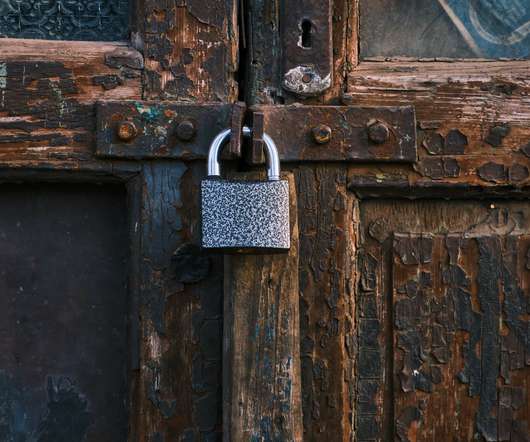





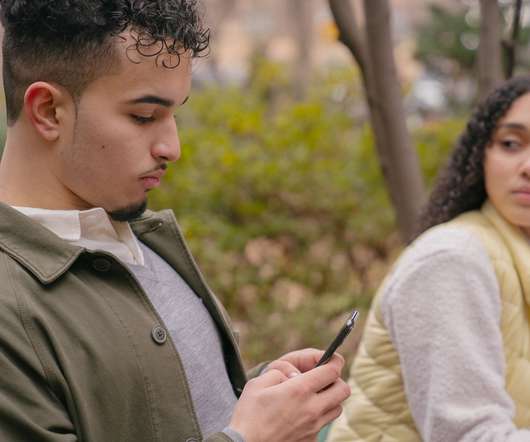
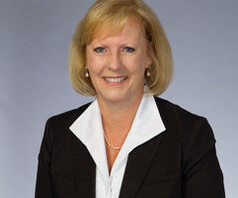




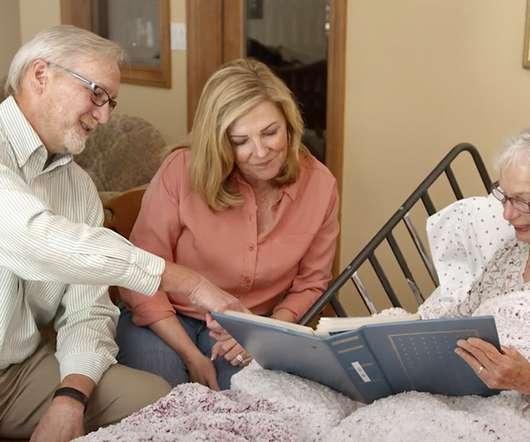
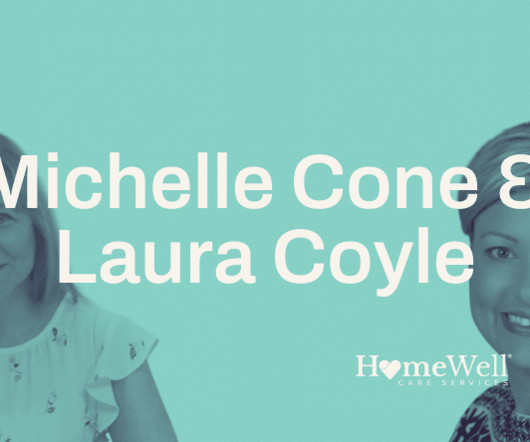







Let's personalize your content